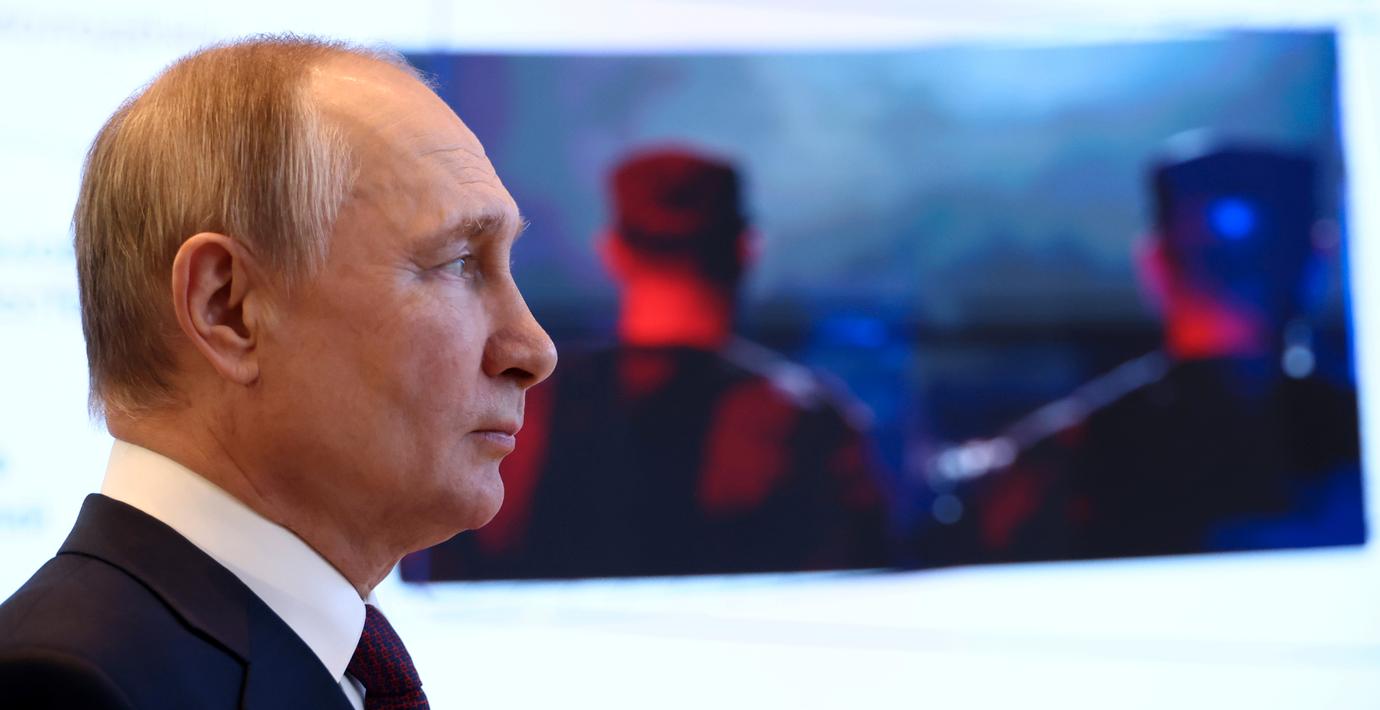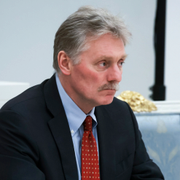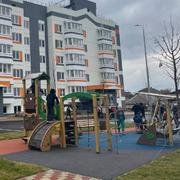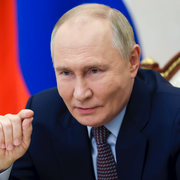
Putin: Patriot är gammalt och vårt system är bättre
Rysslands president Vladimir Putin säger att kriget i Ukraina kommer att förlängas på grund av att USA har lovat att skicka luftvärnssystemet Patriot till Ukraina, rapporterar Reuters.
– Våra motståndare hävdar att det är ett defensivt vapen. Men det kommer alltid att finnas ett motgift, säger Putin på en pressträff.
Han verkar inte vara särskilt imponerad av det amerikanska vapensystemet.
– Det är ett ganska gammalt system. Det är inte lika bra som vårt S-300, säger Putin.
Han avslutar sin presskonferens med att säga att han strävar efter fred i Ukraina och att ”alla väpnade konflikter avslutas med diplomati”. Ukraina har flera gånger hävdat att de ryska fredsförslagen gör anspråk på Ukrainas självständighet.
bakgrund
Luftvärnssystemet Patriot
Wikipedia (en)
The MIM-104 Patriot is a surface-to-air missile (SAM) system, the primary of its kind used by the United States Army and several allied states. It is manufactured by the U.S. defense contractor Raytheon and derives its name from the radar component of the weapon system. The AN/MPQ-53 at the heart of the system is known as the "Phased Array Tracking Radar to Intercept on Target" which is a backronym for PATRIOT. The Patriot system replaced the Nike Hercules system as the U.S. Army's primary High to Medium Air Defense (HIMAD) system and replaced the MIM-23 Hawk system as the U.S. Army's medium tactical air defense system. In addition to these roles, Patriot has been given the function of the U.S. Army's anti-ballistic missile (ABM) system, which is now Patriot's primary mission. The system is expected to stay fielded until at least 2040.Patriot uses an advanced aerial interceptor missile and high-performance radar systems. Patriot was developed at Redstone Arsenal in Huntsville, Alabama, which had previously developed the Safeguard ABM system and its component Spartan and hypersonic speed Sprint missiles. The symbol for Patriot is a drawing of a Revolutionary War–era Minuteman.
Patriot systems have been sold to the armed forces of the Netherlands, Poland, Germany, Japan, Israel, Saudi Arabia, Kuwait, Taiwan, Greece, Spain, the United Arab Emirates, Qatar, Romania and Sweden. South Korea purchased several second-hand Patriot systems from Germany after North Korea test-launched ballistic missiles to the Sea of Japan and proceeded with underground nuclear testing in 2006. Jordan also purchased several second-hand Patriot systems from Germany.
Poland hosts training rotations of a battery of U.S. Patriot launchers. This started in the town of Morąg in May 2010, but was later moved further from the Russian border to Toruń and Ustka due to Russian objections.
On December 4, 2012, NATO authorized the deployment of Patriot missile launchers in Turkey to protect the country from missiles fired in the civil war in neighboring Syria. Patriot was one of the first tactical systems in the U.S. Department of Defense (DoD) to employ lethal autonomy in combat.The Patriot system gained prestige during the Persian Gulf War of 1991 with the claimed engagement of over 40 Iraqi Scud missiles. The system was successfully used against Iraqi missiles in 2003 Iraq War, and has also been used by Saudi and Emirati forces in the Yemen conflict against Houthi missile attacks. The Patriot system achieved its first undisputed shootdowns of enemy aircraft in the service of the Israeli Air Defense Command. Israeli MIM-104D batteries shot down two Hamas UAVs during Operation Protective Edge on August 31, 2014, and later, on September 23, 2014, an Israeli Patriot battery shot down a Syrian Air Force Sukhoi Su-24 which had penetrated the airspace of the Golan Heights, achieving the system's first shootdown of a manned enemy aircraft.
bakgrund
S-300
Wikipedia (en)
The S-300 (NATO reporting name SA-10 Grumble) is a series of long range surface-to-air missile systems developed and operated by the former Soviet Union, now fielded by the militaries of Russia and Ukraine as well as several other former Eastern Bloc countries. It was produced by NPO Almaz, based on the initial S-300P version. The S-300 system was developed to defend against air raids and cruise missiles for the Soviet Air Defence Forces. Subsequent variations were also developed to be able to intercept ballistic missiles. The S-300 system was first deployed by the Soviet Union in 1979, designed for the air defence of large industrial and administrative facilities, military bases and control of airspace against enemy strike aircraft. During the Russian invasion of Ukraine in 2022, military analysts have stated that Russia has modified a number of systems to perform surface-to-surface strikes.The system is fully automated, though manual observation and operation are also possible. Components may be near the central command post, or as distant as 40 km. Each radar provides target designation for the central command post. The command post compares the data received from the targeting radars up to 80 km apart, filtering false targets. The central command post features both active and passive target detection modes.The project-managing developer of the S-300 is Almaz-Antey. S-300 uses missiles developed by both MKB "Fakel" and NPO Novator design bureaus (separate government corporations, previously named "OKB-2" and "OKB-8").
The S-300 was still in 2006 regarded as one of the most potent anti-aircraft missile systems currently fielded. It is mainly used in Asia and Eastern Europe, including NATO member countries Bulgaria and Greece. An evolved version of the S-300 system is the S-400 (NATO reporting name SA-21 Growler), which entered service on 28 April 2007.
Omni är politiskt obundna och oberoende. Vi strävar efter att ge fler perspektiv på nyheterna. Har du frågor eller synpunkter kring vår rapportering? Kontakta redaktionen



